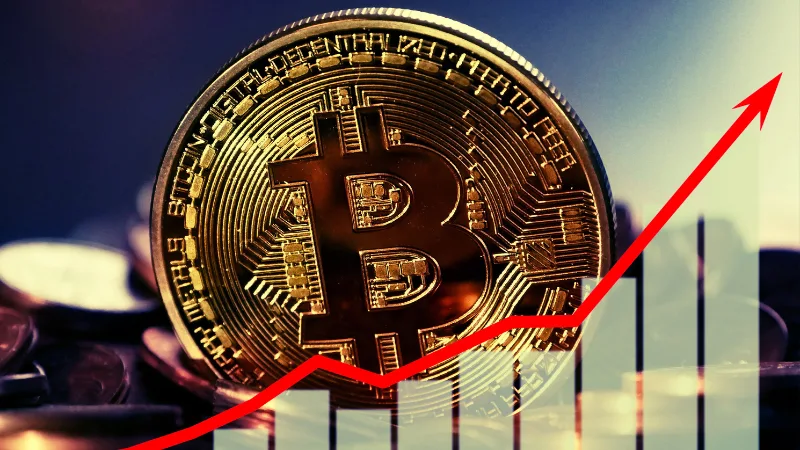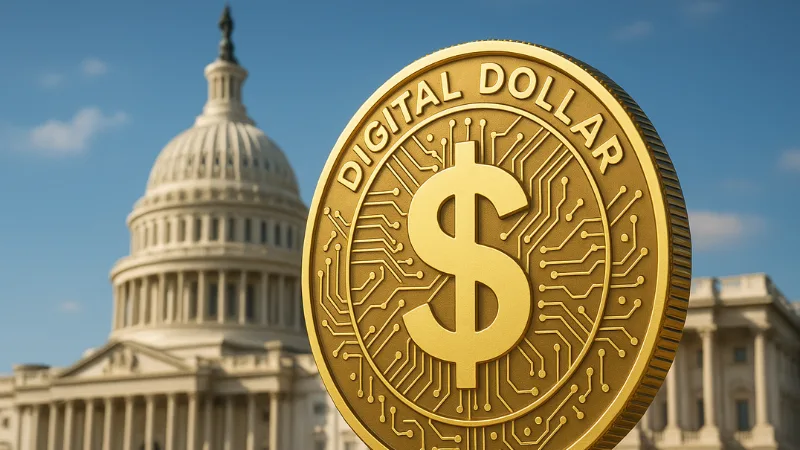Bitcoin just hit a jaw-dropping milestone—surpassing $111,000 for the first time in history. While some are calling it the next phase of the crypto bull run, others see it as a direct result of growing optimism around cryptocurrency regulation in the United States. But is this rally sustainable? And what does it really mean for investors?
In this article, we’ll break down what’s fueling Bitcoin’s latest surge, how regulation is shifting in the U.S., and what all of this means for the future of digital assets.
Bitcoin’s Historic Surge: What Pushed It Over $111,000?
Bitcoin climbed past $111,000 on May 22, 2025, smashing previous records and igniting global interest across both retail and institutional markets. The primary forces behind the price explosion include:
1. U.S. Regulatory Momentum
The U.S. Senate’s recent advancement of the Guiding and Establishing National Innovation for U.S. Stablecoins (GENIUS) Act has been viewed as a landmark step toward responsible, bipartisan crypto legislation. The bill outlines a framework for regulating stablecoins, promoting transparency while fostering innovation in the blockchain space.
This regulatory clarity removes a major overhang that has long spooked large investors: uncertainty. With a clear path forward, institutions and sovereign wealth funds feel more confident allocating capital to Bitcoin.
“The GENIUS Act is a positive signal to markets that the U.S. is ready to lead in responsible crypto innovation,” said crypto analyst Katie Talati of Arca. source
2. Institutional Demand at Record Highs
Major Wall Street firms, from JPMorgan to Fidelity, are ramping up their Bitcoin exposure. ETFs approved earlier this year saw over $4 billion in new inflows in May alone, according to CoinDesk.
“Institutional adoption has gone from discussion to execution. Bitcoin is becoming a core holding,” said Michael Saylor, Executive Chairman at MicroStrategy.
This wave of institutional demand is not just coming from the U.S. but from around the world. Bitcoin is increasingly seen as a hedge against inflation, fiat devaluation, and geopolitical risk.
3. Trump’s Strategic Bitcoin Reserve
President Donald Trump’s executive order establishing a Strategic Bitcoin Reserve has added to the bullish momentum. The move aligns the U.S. more closely with digital asset accumulation strategies seen in countries like El Salvador, but on a far larger scale.
The message to markets is clear: Bitcoin is no longer a fringe asset—it’s being adopted as part of national financial policy.
“Bitcoin will play a critical role in our economic security going forward,” President Trump stated on Truth Social.
U.S. Regulation: From Threat to Tailwind
Just a few years ago, the idea of crypto regulation in the U.S. sparked fear. The SEC’s crackdown on exchanges, lawsuits against major players like Coinbase, and lack of legislative clarity kept investors on edge.
But the tide has turned.
The GENIUS Act: A Game-Changer for Crypto Legitimacy
The GENIUS Act aims to regulate stablecoins by requiring transparency, audits, and reserve requirements. It also creates a new licensing regime for issuers and custodians, bridging the gap between crypto innovation and consumer protection.
While the bill primarily addresses stablecoins, its passage is a signal that Congress is finally taking digital assets seriously.
“This bill is not about stifling innovation—it’s about establishing guardrails,” said Senator Cynthia Lummis, a longtime crypto advocate. source
Other bills in Congress are also gaining traction, including proposals to define digital commodities, regulate decentralized finance (DeFi), and provide a tax framework for crypto transactions.
SEC Shifts Its Stance
Under new leadership, the SEC is changing its tone. The appointment of Paul S. Atkins, a more crypto-friendly chairman, has given hope that the agency will move away from enforcement-first tactics and toward constructive engagement.
Already, several companies previously targeted by the SEC have reentered the U.S. market under new, clearer rules.
Bitcoin’s Broader Tailwinds
In addition to U.S. regulation, other factors are helping push Bitcoin to new heights.
1. Global Macroeconomic Trends
With inflation pressures cooling but interest rates still high, investors are seeking alternatives to traditional fixed-income assets. Bitcoin, with its fixed supply and decentralized nature, is increasingly viewed as “digital gold.”
Economic uncertainty in China, the European Union’s push for a digital euro, and tensions in the Middle East are further driving capital into decentralized assets.
2. Technological Advancements
The Bitcoin ecosystem is also improving. The rollout of Layer 2 solutions like the Lightning Network is making microtransactions faster and cheaper. Meanwhile, new privacy tools and interoperability features are boosting Bitcoin’s utility.
These enhancements are reshaping Bitcoin’s narrative from store-of-value to full-fledged financial infrastructure.
3. Retail FOMO Returns
Retail investors, many of whom sat on the sidelines during the 2022–2023 crypto winter, are jumping back in. Google searches for “how to buy Bitcoin” are at their highest since 2021. Crypto apps like Coinbase and CashApp are seeing record downloads.
Social media is flooded with predictions of $150,000 or even $200,000 price targets.
The Investor Takeaway: What You Should Be Doing Now
1. Assess Your Allocation
If you’re not already exposed to Bitcoin, now is the time to evaluate where it fits in your portfolio. Many advisors suggest an allocation of 1–5% depending on your risk tolerance.
2. Avoid the Hype Trap
While Bitcoin’s gains are exciting, sharp corrections can and do happen. Don’t chase green candles—use dollar-cost averaging to manage risk over time.
3. Watch Regulatory Developments
Follow bills like the GENIUS Act and other crypto-related legislation. Regulatory clarity is becoming a bullish catalyst, not a risk factor, for the first time in years.
4. Consider Indirect Plays
There’s also opportunity in crypto-adjacent stocks and ETFs. Some examples:
- Coinbase (COIN) – Benefiting from transaction volume and market sentiment.
- MicroStrategy (MSTR) – One of the largest Bitcoin holders.
- CleanSpark (CLSK) and Riot Platforms (RIOT) – Public Bitcoin mining companies with strong balance sheets.
- ARKW and BITO – ETFs offering crypto exposure with built-in diversification.
What Comes Next?
Bitcoin breaking $111,000 is not just a price point—it’s a signal of a maturing market, growing institutional trust, and a seismic shift in U.S. policy. The days of regulatory limbo may finally be ending.
If Congress continues moving in a constructive direction and macroeconomic conditions remain favorable, $150,000 is no longer a far-fetched prediction. But investors should remain grounded. Volatility will remain, and long-term conviction—not short-term greed—is what wins in this space.
Final Thoughts
The era of crypto chaos is giving way to something more powerful: institutional legitimacy, national strategy, and regulated growth. For Bitcoin to break $111,000 in a climate that once feared its very existence is proof that digital assets are not only here to stay—they’re becoming the foundation of a new financial system.
If you’re an investor, the message is clear: Don’t ignore Bitcoin anymore. The world’s most important digital asset is finally being taken seriously—by governments, institutions, and markets alike.




